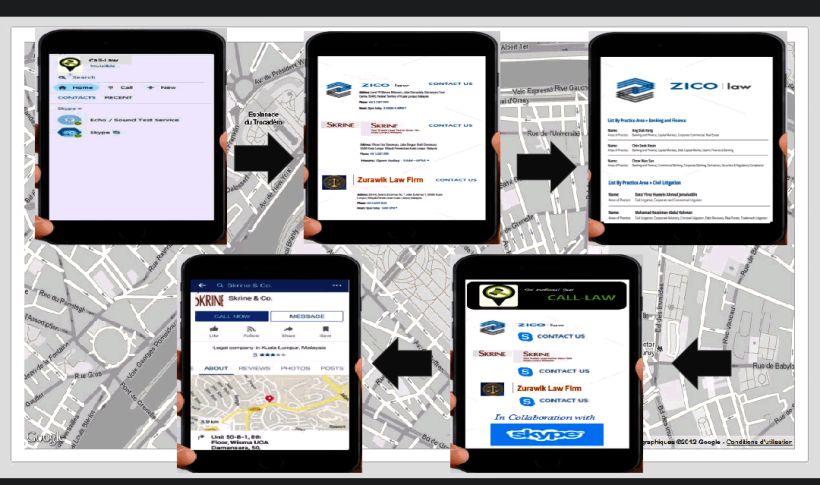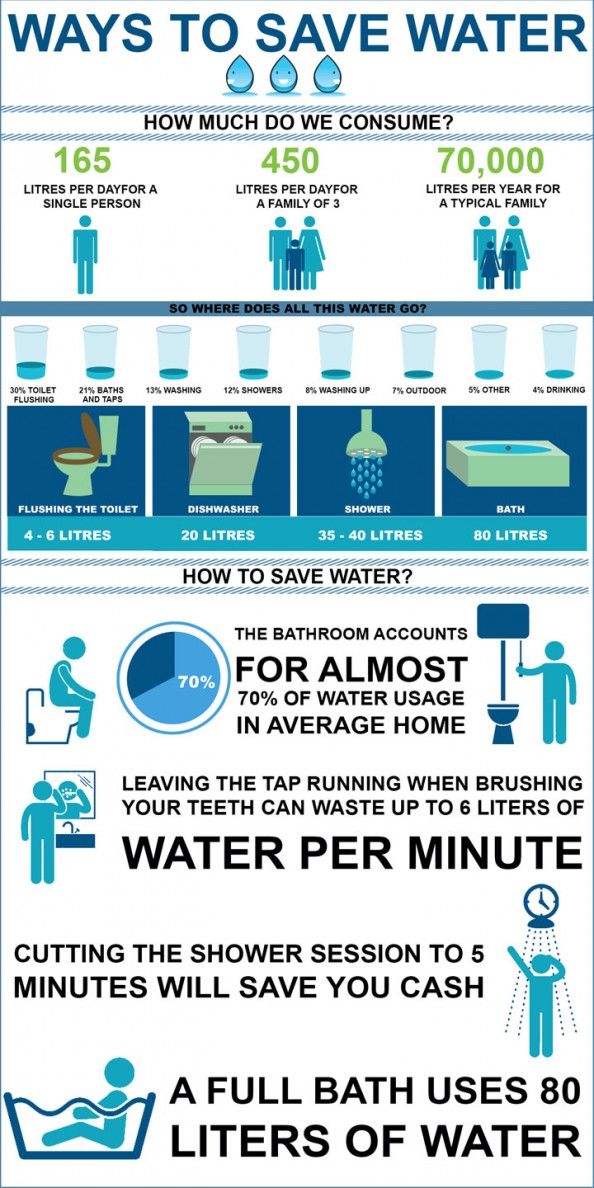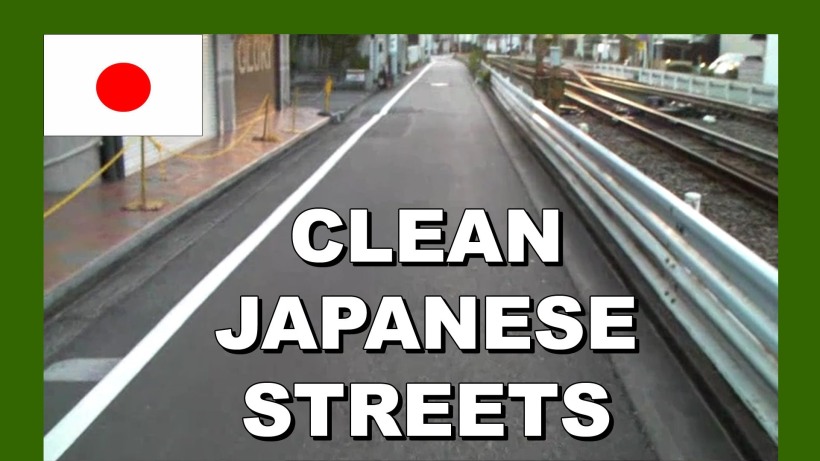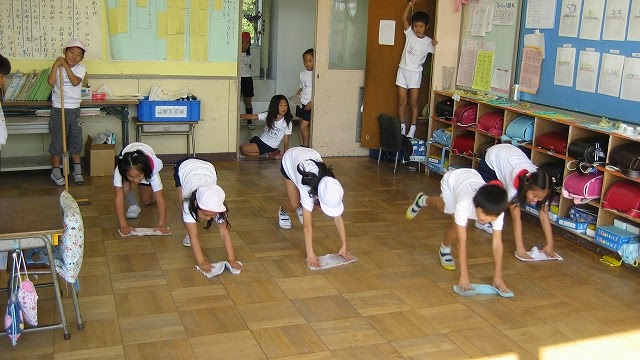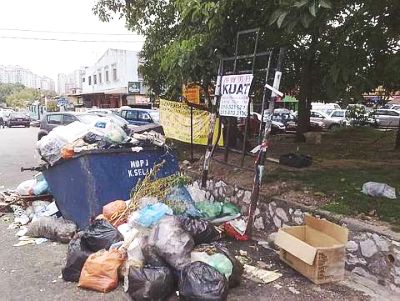1. Loving Spoonfuls Vase
MATERIALS: Large can (We used a 28-oz. can.), scissors, paper plate, measuring spoons, paintbrush, hot-glue gun, white spray primer, plastic spoons, blue acrylic paint, white acrylic paint
1.Coat exterior of can with spray primer.
2.Cut handles off spoons; discard all but one handle. Estimate how many rows of spoons you’ll need, as well as how many spoons per row. On a paper plate, pour out 1 tablespoon of blue paint per row. Leave first blob as is; add ½ teaspoon of white to second blob, 1 teaspoon of white to third blob and so on. Use the handle you saved to blend. Paint one row of spoons—backs only—in each color. Let dry.
3.Add glue to the outer rim of each spoon, and place a row of lightest-color spoons around top edge of can so top edge of spoon extends above lip of can. Begin a second row, placing spoons between those on previous row and overlapping by a third. Continue adding rows in that way until can is covered.
2. Egg Carton Lamp

MATERIALS: scissors, 9 dozen-size cardboard egg cartons, 1 string of 100 LEDs, craft knife, spray paint, chicken wire (1 10″ × 20″ piece) at homedepot.com, floral wire.
1. Cut out individual cups from egg cartons. Trim edges of each cup to look like 4 rounded petals.
2. Spray-paint inside and outside of cups.
3. Push a lightbulb through each hole in chicken wire, using floral wire to secure.
4. Roll chicken wire into a cylinder, lights facing out, and fasten ends together with floral wire. Stand cylinder on one end.
5. Using craft knife, cut an X through the bottom of each egg cup. Push a cup over each lightbulb.
3. Water Bottle Piggy Bank

Materials you have:
- Empty plastic beverage bottle (the wider the better)
- Craft knife
- Scissors
- Colored paper (1 sheet orange, 1 sheet blue)
- Pencil
- Craft glue
- Transparent tape
- Hole punch
- Paintbrush
Materials you need:
- Ear templates (download at allyou.com/piggybank)
- 4 wood beads (3/4″ diameter) from factorydirectcrafts.com
- Orange acrylic paint from Staples
Instructions:
-
- Peel label off clean, empty bottle. Use craft knife to cut a 1 1/2″ x 1/8″ wide slot (for inserting coins) in bottle, about midway between top and bottom.
- Use scissors to cut a strip of orange paper long enough to wrap around bottle and same width as bottle label. Wrap paper around bottle and use a pencil to trace over slot in bottle. Unwrap paper and cut slot with craft knife.
- Use scissors to cut out ear and inner-ear templates. Place ear template on orange paper and trace around. Repeat for other ear. Cut out. Place inner-ear template on blue paper and trace around. Repeat. Cut out. Fold ears at tab. Position ears along edge of paper band, about 1″ to each side of slot. Tape tabs to back of paper band. Wrap band with ears around bottle, aligning slots on bottle and paper. Overlap ends of band and tape seam.
- Trace around bottle cap on orange paper. Cut out and glue to cap. Use hole punch to make 2 blue circles. Glue to bottle cap.
- For eyes, use hole punch to make 2 circles of either color. Glue them to bottle. Or, cut 2 dime-size circles out of contrasting paper and glue hole-punch circles to them; glue larger circles to bottle.
- For legs, paint beads and let dry. Glue to “belly” side of bottle.
4. Cereal Box Decorative Sphere

MATERIALS: A cereal box, ruler, pencil, scissors, Rust-Oleum Aged Copper spray paint, hole punch, metal paper fasteners.
1. Cut box into eight 3/4″ x 10″ strips. Spray-paints both sides.
2. Punch holes at ends of strips; on two, add a hole at midpoint.
3. Stack six strips, with one three-hole strip on bottom and the other three-hole strip fourth on stack. Align holes at one end; insert fastener.
4. Place strips on table with wrong side of fastener facing up. Fan strips out. Bend end of strips toward one another and align holes. Insert metal fastener through holes.
5. To form meridian, insert metal fasteners into both third holes in orb, from outside to inside. Take a remaining strip and thread each hole onto a fastener. Repeat with last strip, working in opposite direction. Close fasteners.
5. Milk Jug School-Supply Container

MATERIALS: Spray paint), 1-gallon plastic jug (clean an dry, with label removed), X-acto knife, washi tape, ruler, foam board, pencil, chalkboard label.
1. Spray-paint outside of jug with two or three light coats and let dry.
2. Using X-acto knife, cut off top portion of jug, leaving handle intact and attached to bottom half of jug. Cut remaining two sides (those without handle) to 5″ in height. Discard top. Cover cut edge with washi tape.
3. Cut a 5 1/2″ square out of foam board. On each rectangle, mark midpoint of long edge, then cut a 1/4″-wide x 1 3/4″-deep notch. Slip large rectangle into jug so it extends from corner under handle to opposite corner, notch facing up. Fit second rectangle over it, notch down, so pieces interlock. Write Supplies on a chalkboard label and affix it to container.
6. Tin Can Storage Containers

MATERIALS: Empty aluminum can (a soup can or bean can), hot-glue gun, sisal rope, scissors, plastic lid (of the type found on a nut can or coffee can; diameter of lid should be at least 1/2″ larger than that of can), wooden knobs.
1. Starting at bottom of can, apply glue around circumference, then place rope on top of glue. Hold for a few seconds to let dry. Continue working your way up. At top, cut rope at an angle and glue end to edge of can.
2. To make top, apply glue all the way around edge of plastic lid, applying glue, then securing rope. Coil rope around lid toward center until covered.
3. Glue wooden knob to center of lid. Let dry.
7. Newspaper Mobile

MATERIALS: Acrylic craft paint, small paintbrush, 12″ embroidery hoop, newspaper, scissors, ruler, fishing line, tape, twine or string.
1. Paint 12″ hoop and let dry. (Save the included larger hoop for another project.)
2. Cut newspaper into 5 sheets, 3 8 1/2″ × 11″ and 2 4 1/4″ × 5 1/2″. Fold each sheet into an airplane (there are many how-tos online).
3. Cut 5 2′-long pieces of fishing line. Tape one end in the center of the fold of each airplane.
4. Tie each paper plane to hoop, spacing them evenly around perimeter and varying lengths of fishing lines. Trim ends.
5. Make a hanger by tying three pieces of twine to top of hoop at equidistant points.



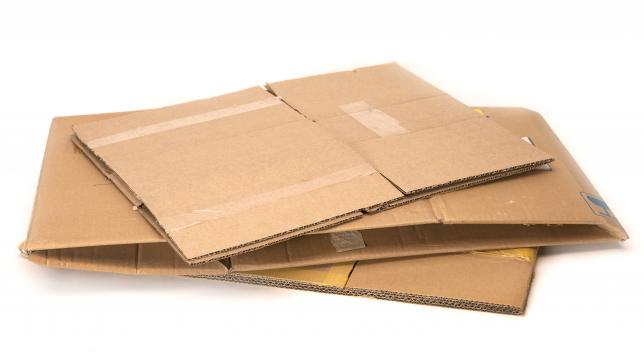
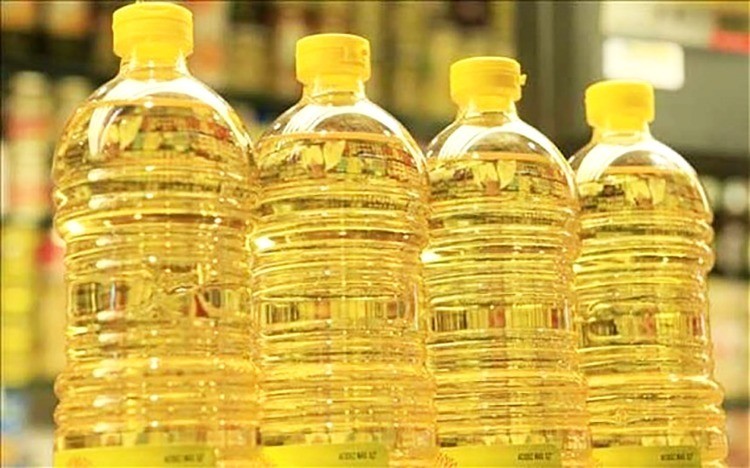
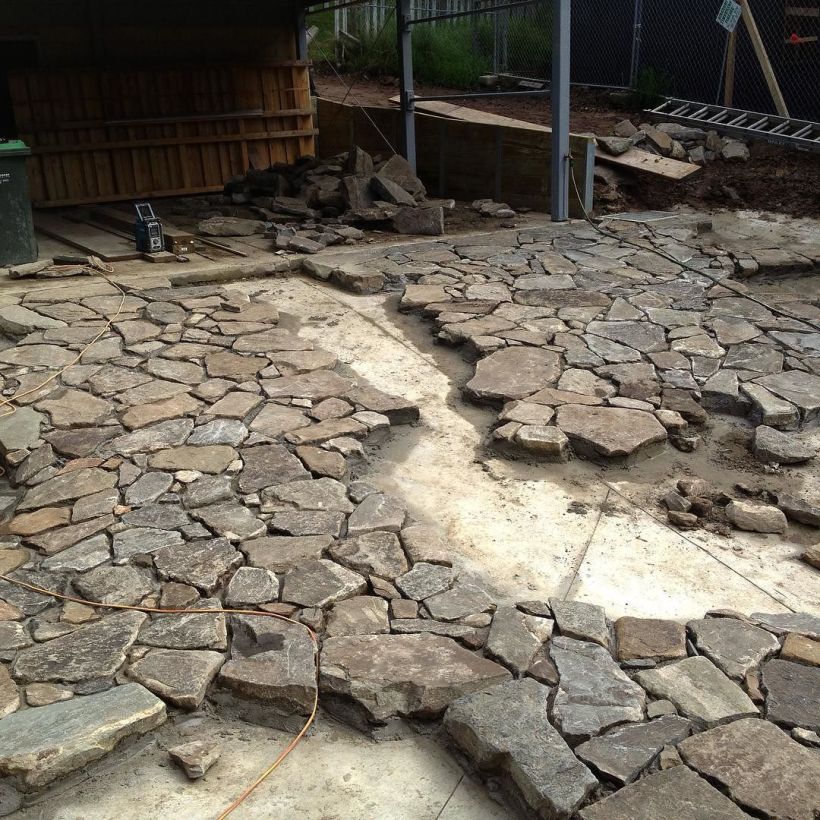
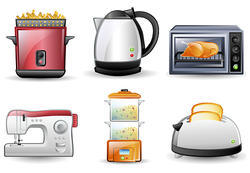
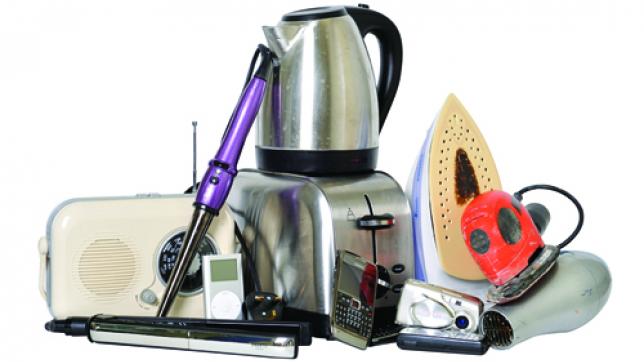

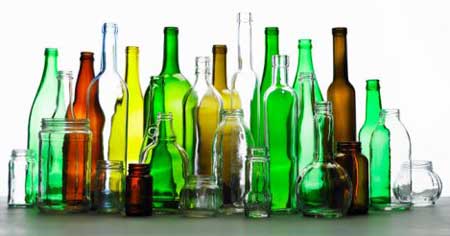
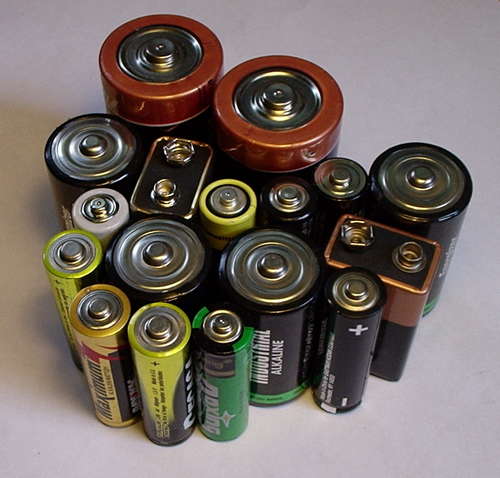
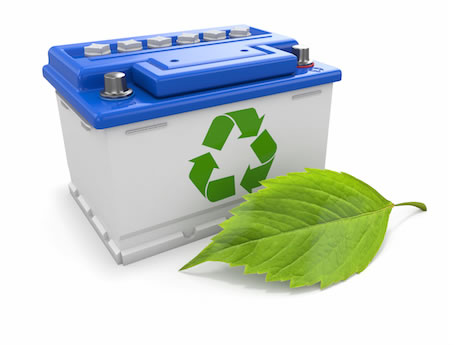
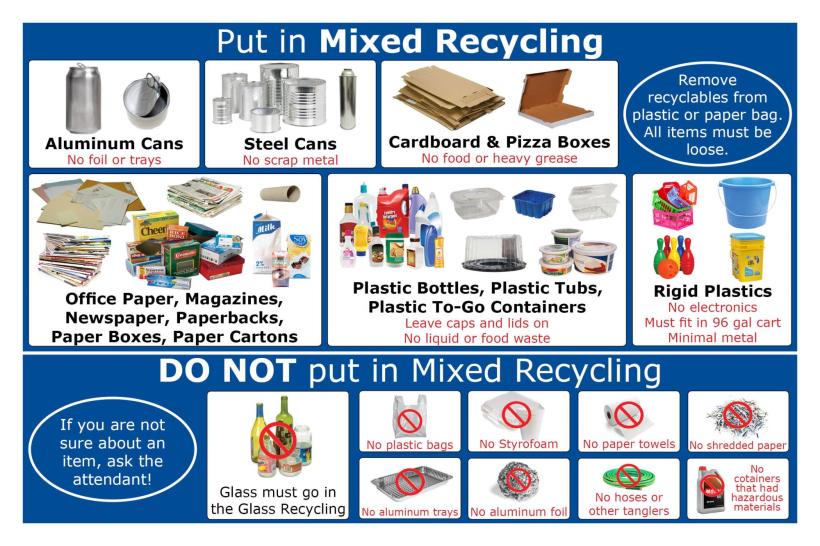
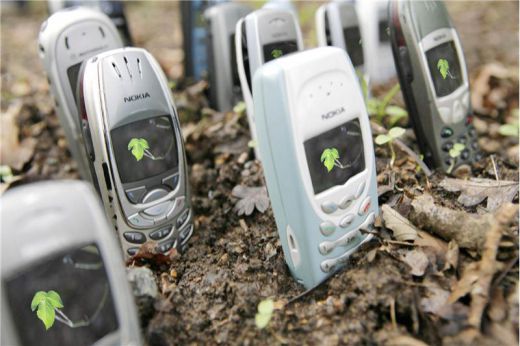
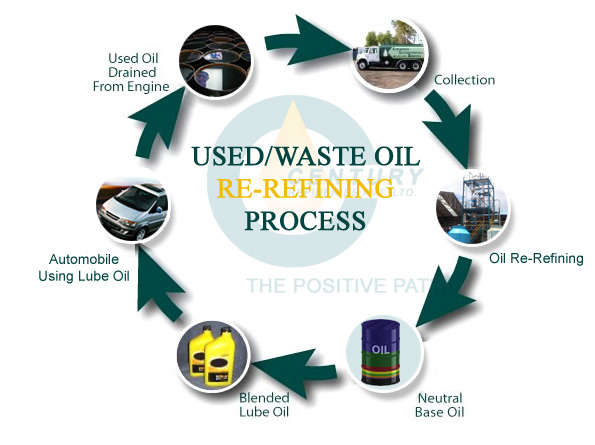
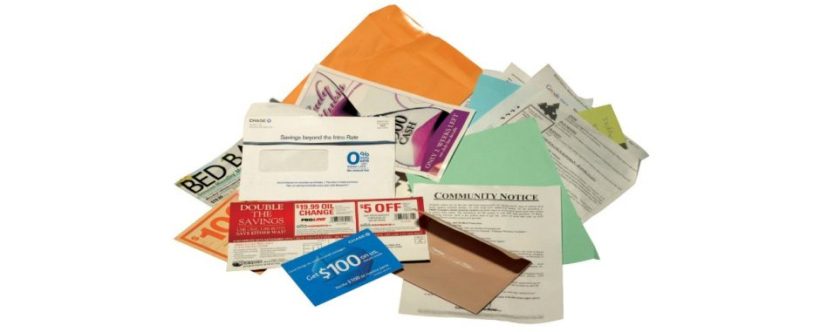
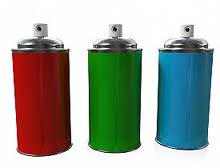
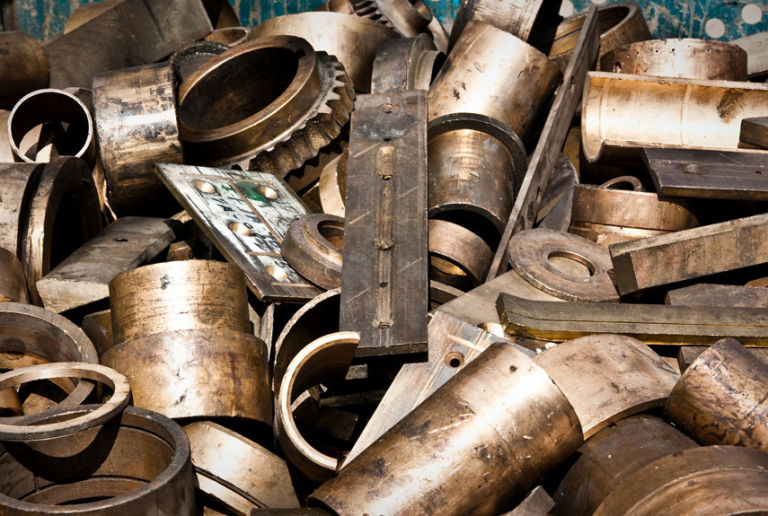


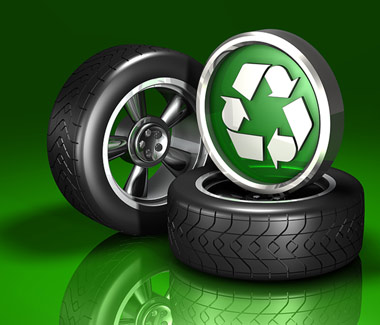
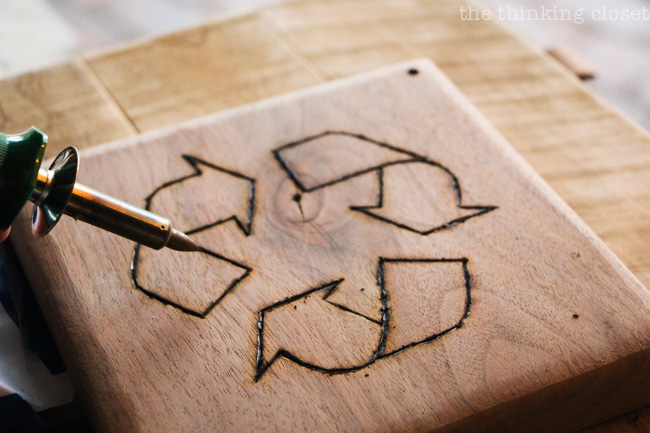
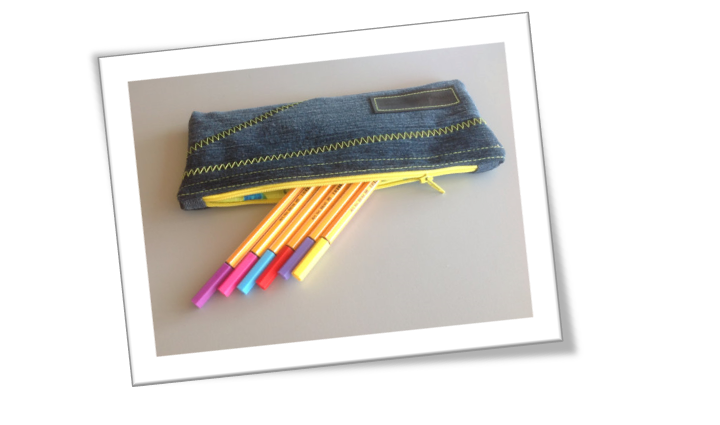 MATERIALS NEEDS:
MATERIALS NEEDS: